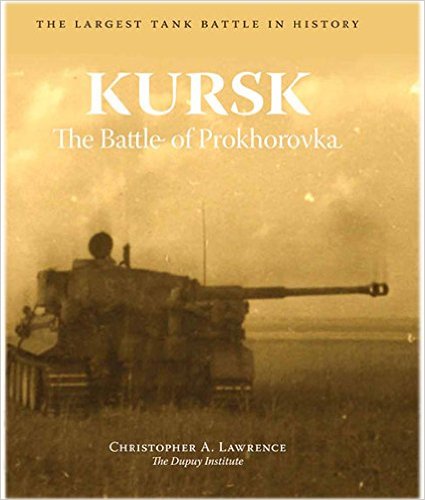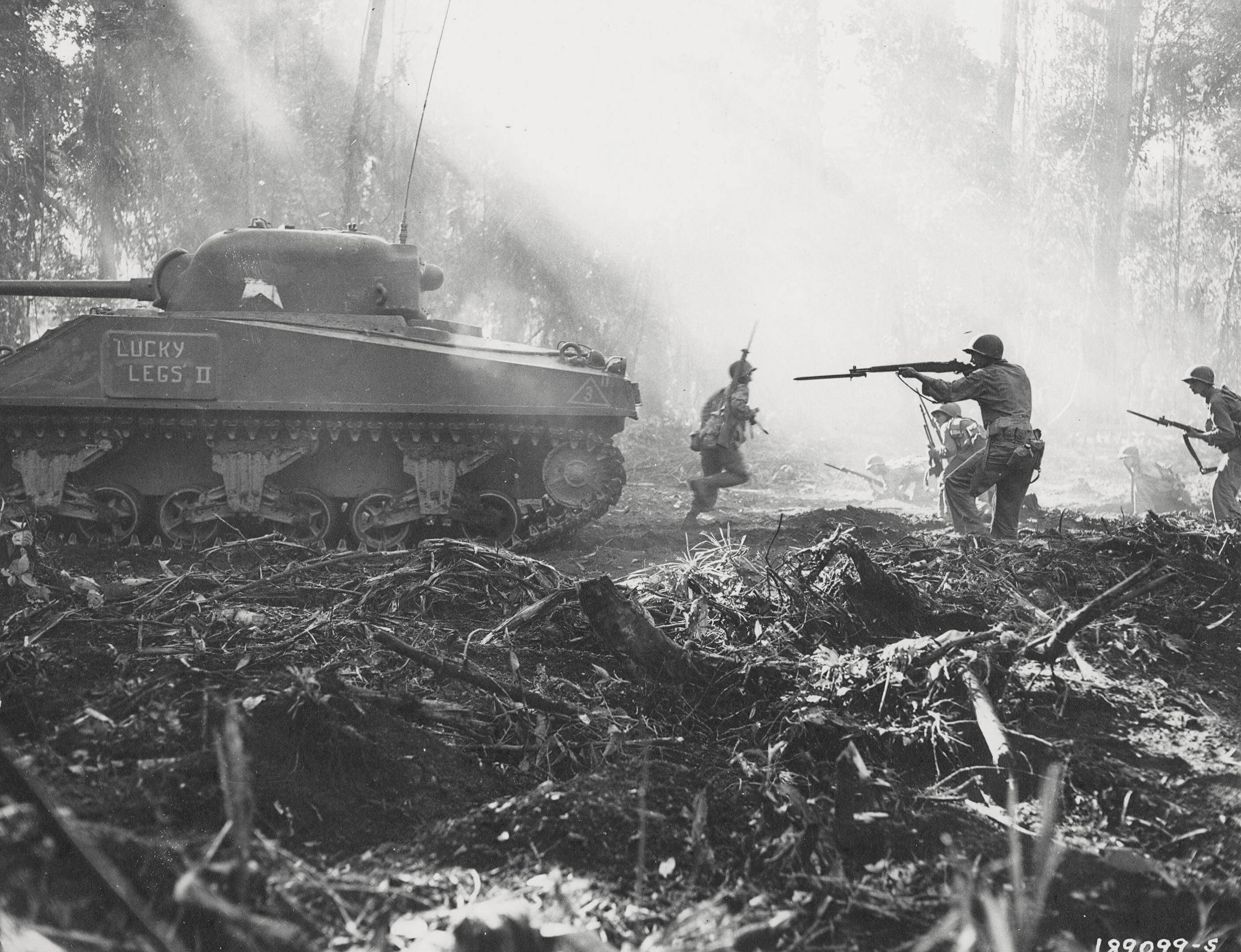
[This article was originally posted on 1 December 2016]
In his recent analysis of the role of conventional armored forces in Russian hybrid warfare, U.S. Army Major Amos Fox noted an emphasis on tactical surprise.
Changes to Russian tactics typify the manner in which Russia now employs its ground force. Borrowing from the pages of military theorist Carl von Clausewitz, who stated, “It is still more important to remember that almost the only advantage of the attack rests on its initial surprise,” Russia’s contemporary operations embody the characteristic of surprise. Russian operations in Georgia and Ukraine demonstrate a rapid, decentralized attack seeking to temporally dislocate the enemy, triggering the opposing forces’ defeat.
Tactical surprise enabled by electronic, cyber, information and unconventional warfare capabilities, combined with mobile and powerful combined arms brigade tactical groups, and massive and lethal long-range fires provide Russian Army ground forces with formidable combat power.
Trevor Dupuy considered the combat value of surprise to be important enough to cite it as one of his “timeless verities of combat.”
Surprise substantially enhances combat power. Achieving surprise in combat has always been important. It is perhaps more important today than ever. Quantitative analysis of historical combat shows that surprise has increased the combat power of military forces in those engagements in which it was achieved. Surprise has proven to be the greatest of all combat multipliers. It may be the most important of the Principles of War; it is at least as important as Mass and Maneuver.
In addition to acting as combat power multiplier, Dupuy observed that surprise decreases the casualties of a surprising force and increases those of a surprised one. Surprise also enhances advance rates for forces that achieve it.
In his combat models, Dupuy categorized tactical surprise as complete, substantial, and minor; defining the level achieved was a matter of analyst judgement. The combat effects of surprise in battle would last for three days, declining by one-third each day.
He developed two methods for applying the effects of surprise in calculating combat power, each yielding the same general overall influence. In his original Quantified Judgement Model (QJM) detailed in Numbers, Predictions and War: The Use of History to Evaluate and Predict the Outcome of Armed Conflict (1977), factors for surprise were applied to calculations for vulnerability and mobility, which in turn were applied to the calculation of overall combat power. The net value of surprise on combat power ranged from a factor of about 2.24 for complete surprise to 1.10 for minor surprise.
For a simplified version of his combat power calculation detailed in Attrition: Forecasting Battle Casualties and Equipment Losses in Modern War (1990), Dupuy applied a surprise combat multiplier value directly to the calculation of combat power. These figures also ranged between 2.20 for complete surprise and 1.10 for minor surprise.
Dupuy established these values for surprise based on his judgement of the difference between the calculated outcome of combat engagements in his data and theoretical outcomes based on his models. He never validated them back to his data himself. However, TDI President Chris Lawrence recently did conduct substantial tests on TDI’s expanded combat databases in the context of analyzing the combat value of situational awareness. The results are described in detail in his forthcoming book, War By Numbers: Understanding Conventional Combat.




 We are trying something new today, well, new for TDI anyway. This edition of TDI Friday Read will offer a selection of links to items we think may be of interest to our readers. We found them interesting but have not had the opportunity to offer observations or commentary about them. Hopefully you may find them useful or interesting as well.
We are trying something new today, well, new for TDI anyway. This edition of TDI Friday Read will offer a selection of links to items we think may be of interest to our readers. We found them interesting but have not had the opportunity to offer observations or commentary about them. Hopefully you may find them useful or interesting as well.





